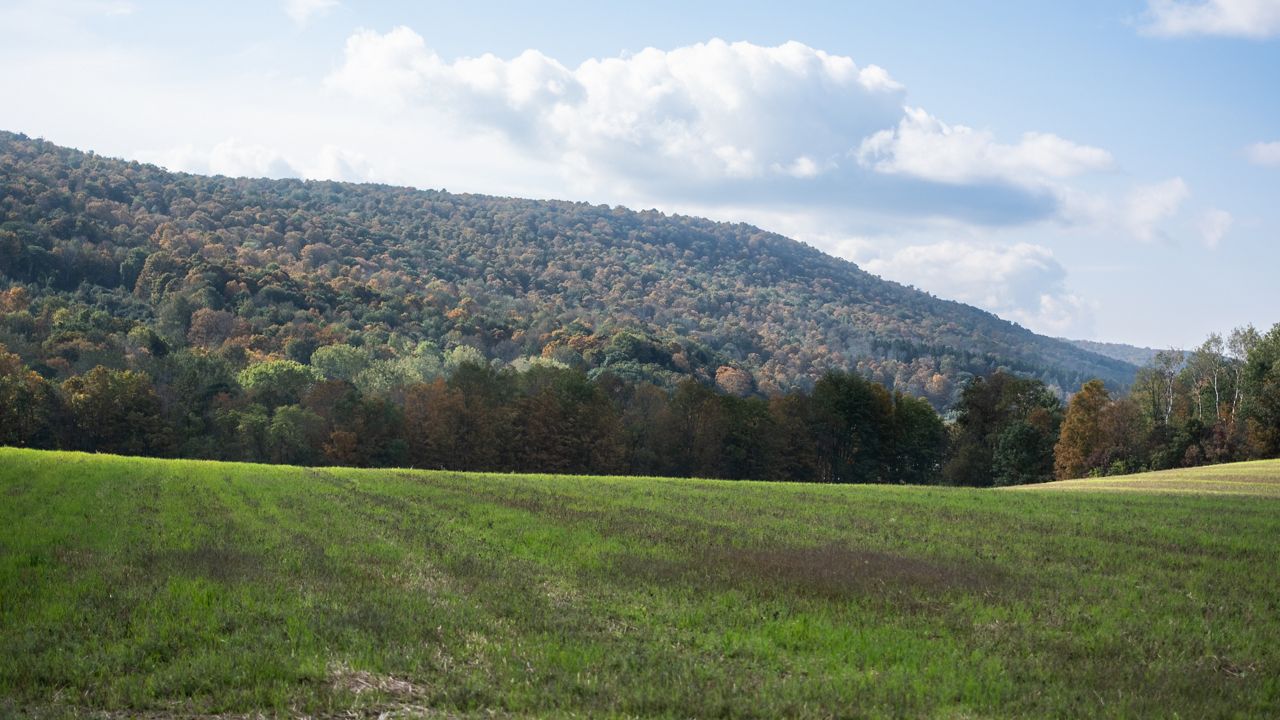A survey conducted by Cornell University found New York farmers who had experience with cover crop incentive programs used double the amount of cover crops on their farms even after payments stopped.
Matt Ryan, associate professor of soil and crop sciences from Cornell University, said cover crop usage on average went from 125 acres to 250 acres per farm.
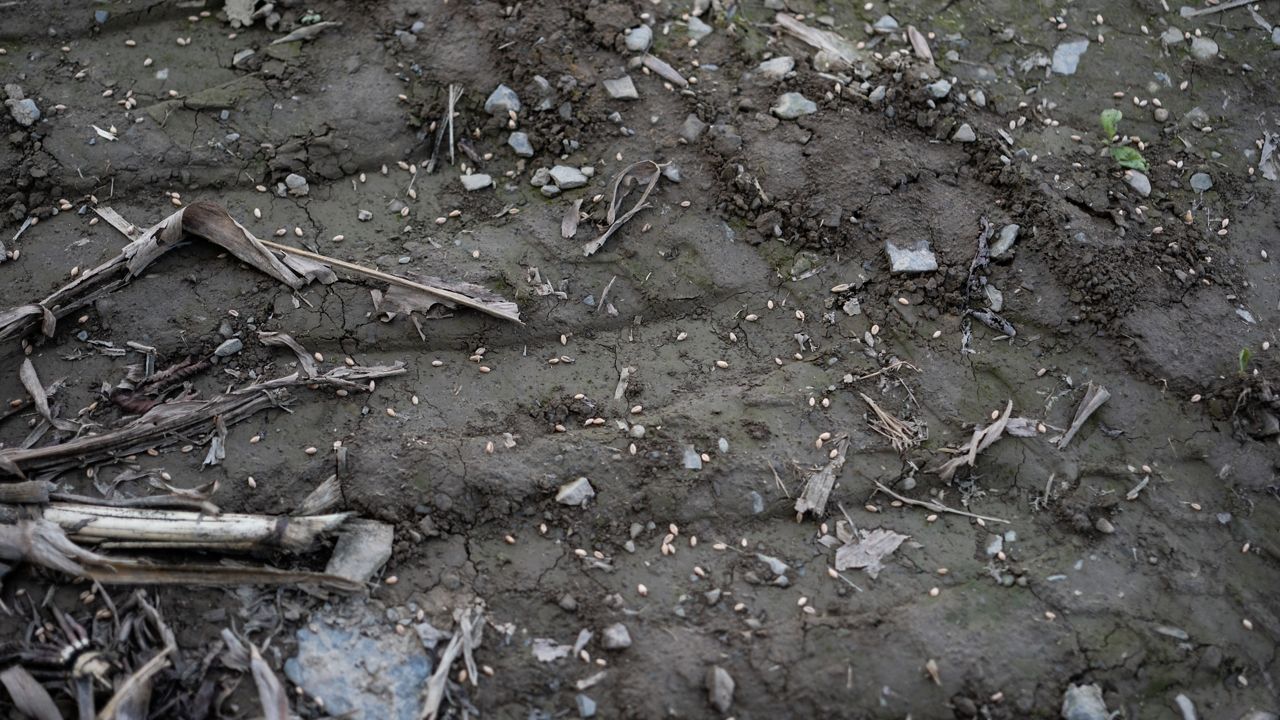
“One thing that we saw that was really exciting is that there was a group of respondents that had participated in a cover crop incentive program, but then stopped for various reasons, we saw 37% greater cover crop usage than before they enrolled in the cover crop program,” Ryan said.
Cover crops— like cereal rye that resembles tall grass — are used by farmers to protect their soil from erosion, Ryan said.
“They’re not harvested so they are grown primarily for protecting and improving soil health,” he said. “By preventing erosion, we’ll keep the soil there and protect waterways and water quality.”
The roots of cover crops help hold the soil in place to prevent erosion during heavy rainstorms.
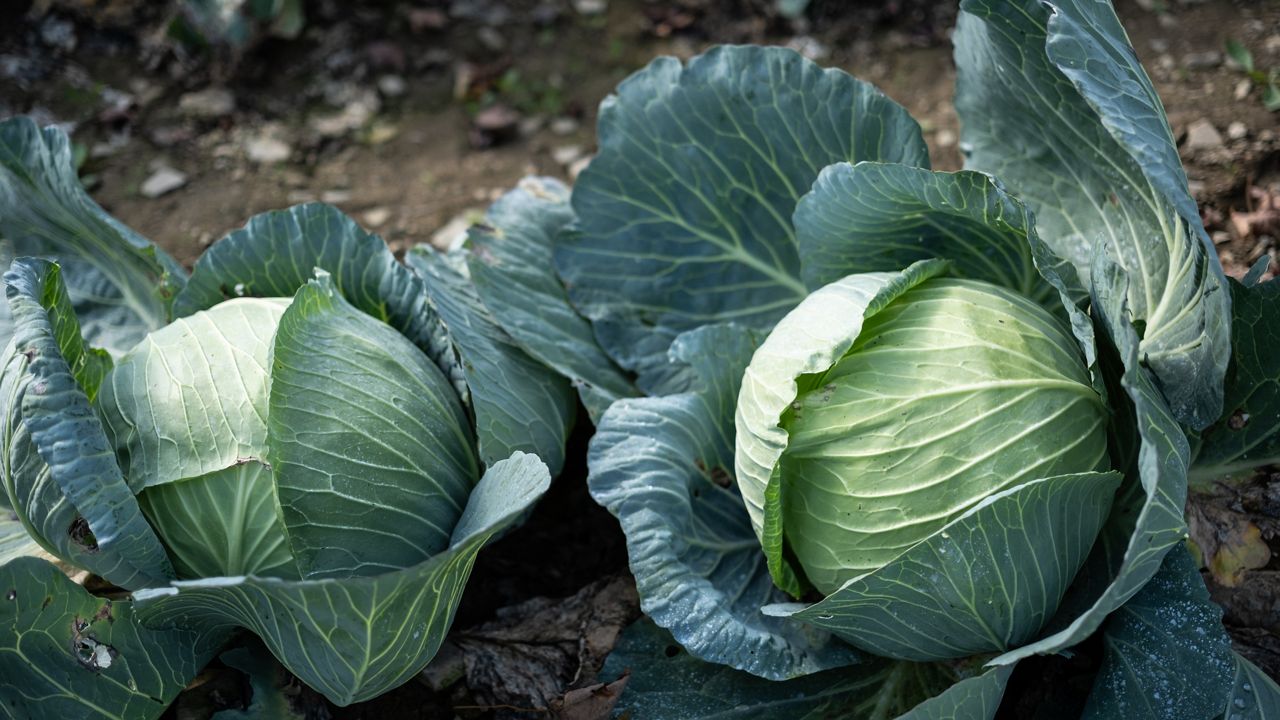
Cover crops are an expense that doesn’t provide an immediate short-term return, so it’s difficult for farmers to justify it if they are on a tight budget, Ryan said.
“Farmers typically will be spending anywhere from $20 to $60 per acre for cover crop seeds and then there's the expense of the labor and the fuel used to seed your cover crop,” Ryan said.
The question the Cornell survey, which included responses from 328 farmers in New York, Vermont, Pennsylvania and Maryland, sought to answer was whether farmers need to receive payments every year for cover crops or if the programs can just help them get started. The incentive programs are funded through the New York State Department of Enviornmental Conservation.
“The idea is that once they see the benefits in terms of improved soil health, which can in many cases translate into improved crop yield, they will take it upon themselves to plant cover crops without payment,” he said.
Rick Villnave of Villnave Family Farms grows on 250 acres near Little York in Cortland County. The land was formerly a ski slope and has many high hills that are at higher risk for soil erosion.
“We’re in our fourth year of doing cover cropping and now we’re reaping the rewards for doing it over and over,” Villnave said. “We’re seeing yields increase, and with the ups and downs in weather and especially the severe rainstorms that we have come through, we are starting to see less erosion.”
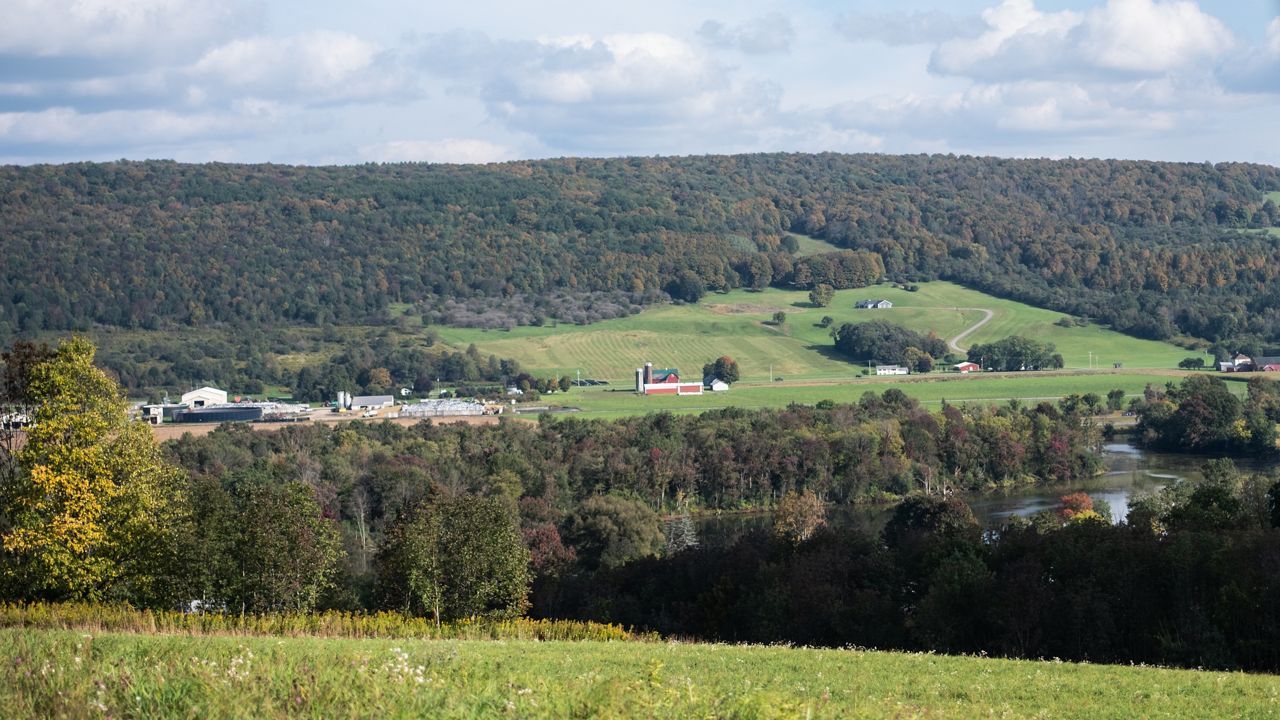
Villnave said this year they produced 25 tons of corn silage, which is fed to dairy cattle, whereas last year they only produced 19 tons.
Additionally, Villnave has been able to use less fertilizer on his fields as the cover crops have helped the soil retain nitrogen.
“Compared to last year, we’re looking at a $10,000 savings so it’s a very important tool. Less fertilizer also means less leaching,” he said.
Villnave’s farm sits on an aquafer that supplies Cortland and Homer with most of their drinking water, and the slope of his land leads toward lower Little York Lake.
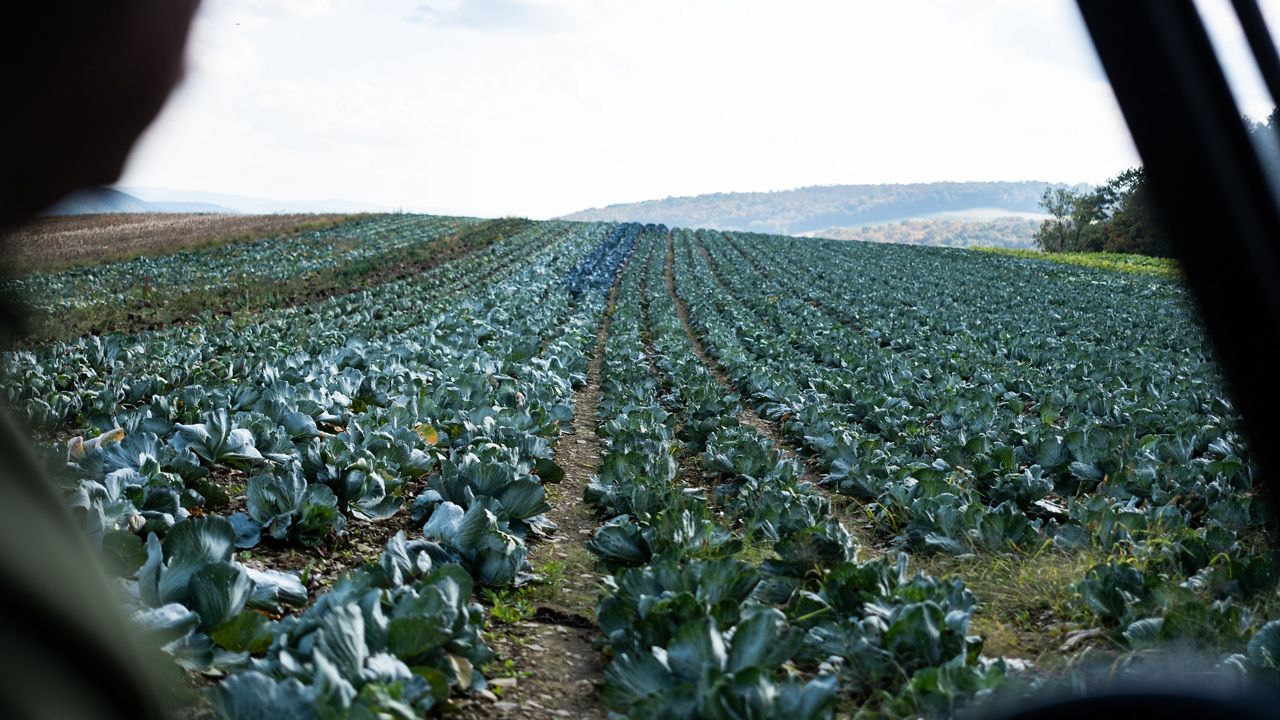
“It helps mitigate and hold the nitrogen, and if we leave [the cover crops] on the field, it can decay and become more organic matter with nutrients in it,” Villnave said.
Cortland Soil and Water Conservation District helps allocate the funds from the DEC to farmers. Villnave said he receives approximately $60 per acre for cover cropping. This year he paid roughly $15 per acre in seed costs plus the application fee, which varies between $15 to $20 per acre.
While the investment takes time to pay off, Villnave said he encourages other farmers to give it a chance.
“Try it, but don’t think it's going to happen overnight. It’s a long-term thing and takes time but we can see it in the soil now,” he said.



